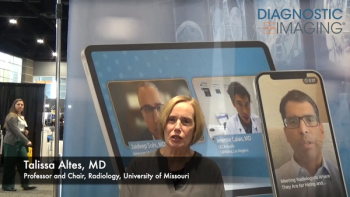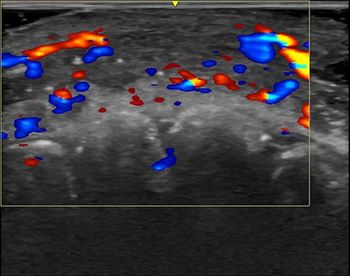
Real-time MR guides liver cryotherapy
Interventional radiologists can now see liver tumors freeze in real-time on MR imaging as they perform thermal ablation, according to a study presented at the 2004 RSNA meeting.
Interventional radiologists can now see liver tumors freeze in real-time on MR imaging as they perform thermal ablation, according to a study presented at the 2004 RSNA meeting.
Dr. Kemal Tuncali and colleagues at Brigham and Women's Hospital used MR-guided cryotherapy to treat 44 liver tumors in 31 patients. They ablated 19 tumors, 17 of which required only one treatment. Six of the failed treatments showed residual tumor at 24-hour imaging, and 14 showed recurrence during follow-up (mean time 13 months).
The researchers recorded four complications from a total of 51 cryoablations. Seven patients died during follow-up, two due to systemic progression. The overall survival rate was 76%.
Monitoring is critical in this type of procedure, which holds an advantage over other minimally invasive techniques in which direct visualization is not possible, Tuncali said.
Newsletter
Stay at the forefront of radiology with the Diagnostic Imaging newsletter, delivering the latest news, clinical insights, and imaging advancements for today’s radiologists.




























